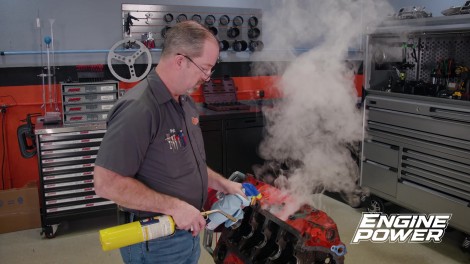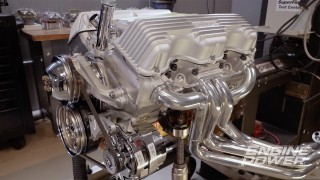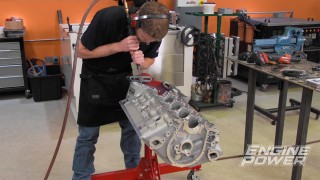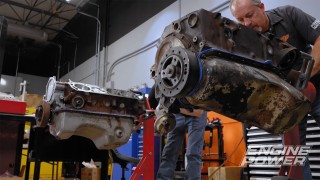
Tearing Down and Prep of Our 305 SBC Build
The guys bring the well-known but anemic 305 Small Block Chevy into the shop by viewer request. They teardown a used and abused 305 and get it ready for some mild upgrades for the everyday hotrodder.
Season 11
Episode 2
Hosts: Pat Topolinski, Frankie Forman
First Air Date: February 26, 2024
Duration: 21 minutes 27 seconds









































